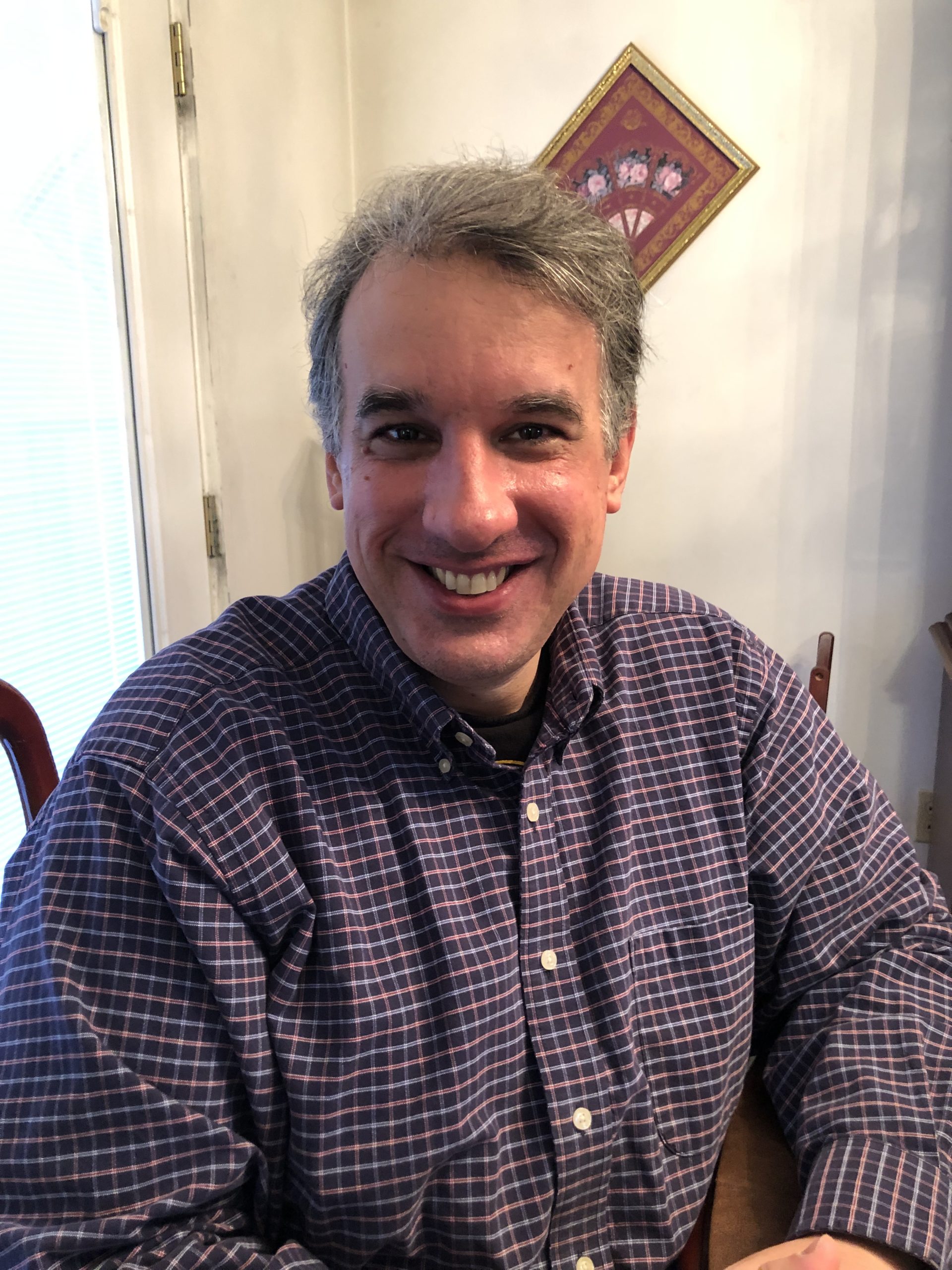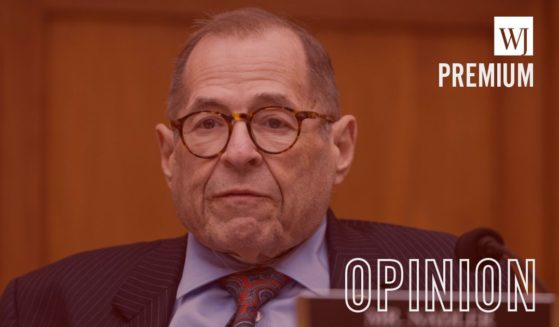How the Native American Who Made Thanksgiving Possible Accepted Jesus Christ as His Savior
Editor’s Note: The following is one of the Western Journal’s most popular holiday-themed stories, re-posted in honor of Thanksgiving.
It does not often happen that the two most tumultuous developments of a historical epoch come together in the life of someone born so far from the origins of either.
Still less often do we find that person transcending the tumult by acting out the message of Jesus Christ.
Squanto — the Pawtuxet Indian most often associated with the first Thanksgiving in 1621 — experienced the worst his turbulent era had to offer and overcame it by embodying the Christian faith he came to adopt.
From a European perspective, the broader epoch in which Squanto lived featured two world-changing developments. The first was the discovery of the New World, and the second was the Protestant Reformation.
These two developments were closely aligned. In fact, a European born during Christopher Columbus’ historic 1492 voyage would have turned 25 in 1517 — the year Martin Luther published his 95 Theses.
By the time of Squanto’s birth in the late sixteenth century, Europeans had long since colonized the New World. Meanwhile, religious wars between Catholics and Protestants had rocked Europe and would do so for at least another century.
We know very little about Squanto’s early life. Some believe he was kidnapped in 1605 and taken to England for a number of years, but some historians doubt this part of the tale.
We do know that in 1614 Englishmen from the Jamestown colony in Virginia appeared off the coast of present-day New England, abducted Squanto — then probably in his 20s — and carried him to Spain along with several dozen other captives to be sold into slavery.
Catholic theologian Damian Costello has described this abduction as crucial to Squanto’s spiritual journey.
“For six weeks, Squanto lay bound in chains in the darkness and filth of the ship’s hold,” Costello wrote.
In this darkness, Squanto would have remembered the “Spirit of the Dead” from his own culture. He would have recalled the underwater as “threshold to its realm.” Above all, he was a product of a culture that placed “great emphasis on the cycle between death and renewal.”
Thus, by virtue of spiritual tradition and personal experience, Squanto could have felt a particular receptiveness to the Christian message.
“Christ, with his journey from death back to life, personified this regenerative principle in a direct ceremonial relationship,” Costello wrote.
When Squanto reached the slave market, Spanish priests came to his rescue and purchased him. Much like his early life, we know little about his time in Spain. But it does appear that the priests instructed him in the Catholic faith.
Somehow — again, we do not know exactly how — Squanto found his way to England by 1617. Having learned English, he worked for several years as a translator before finally returning to North America in 1619. When he arrived, he found that disease had decimated his village. No one had survived.
Meanwhile, a group of radical English Protestants set sail for the New World. We call them “Pilgrims.”
In both doctrine and practice, the Pilgrims aligned with Congregationalists. For Pilgrims, the English Protestant Reformation had not gone far enough in its break with Catholicism. They wanted to separate altogether from the Church of England. (By contrast, their future Massachusetts neighbors the Puritans simply wanted to “purify” the COE.)
When the Pilgrims arrived in 1620 at the place they called “Plymouth,” they had much piety, but few practical skills. Many did not survive the first winter.
In 1621, Squanto — by then living among the Wampanoag tribe — found the Pilgrims starving and desperate. And here he made his dramatic entrance into American history.
Kenyn M. Cureton, an educator with the Southern Baptist Convention, described this as the moment Squanto’s Christian faith became manifest.
“Instead of seeking revenge, Squanto came and offered them his services,” Cureton wrote according to the Baptist Press.
Following his abduction and the decimation of his village, Squanto had good reason not to forgive the English. Instead, he did what Christ would have done.
“Squanto taught the Pilgrims how to provide for the necessities of life, including how to fish for cod, how to plant corn with a fish, stalk deer, plant pumpkins, skin beavers, and determine what berries were edible,” Cureton wrote.
William Bradford — Plymouth Plantation’s governor — described Squanto as “a special instrument sent of God for their good beyond their expectation.”
That November, Squanto and 90 Indians joined the Pilgrims in a three-day Thanksgiving feast.
Alas, in 1622 Squanto contracted a fever and died within days. According to Bradford, the Pilgrims’ savior asked “the Governor to pray for him, that he might go to the Englishmen’s God in Heaven.”
Thus, when viewed in light of the era’s two most tumultuous developments, Squanto embodied Christian charity.
Englishmen came to the New World, took him captive, tried selling him into slavery and inadvertently wiped out his village. Seven years later, he saved their countrymen — including dozens of children — from starvation.
Furthermore, a Catholic Indian rescued a group of radical Protestants. That bit of irony cannot have escaped the notice of contemporaries.
He did these things not by appealing to institutions, but by personally embracing Christ. And therein lay his legacy for all times: Only on the individual level do we conquer hatred.
Truth and Accuracy
We are committed to truth and accuracy in all of our journalism. Read our editorial standards.
Advertise with The Western Journal and reach millions of highly engaged readers, while supporting our work. Advertise Today.












